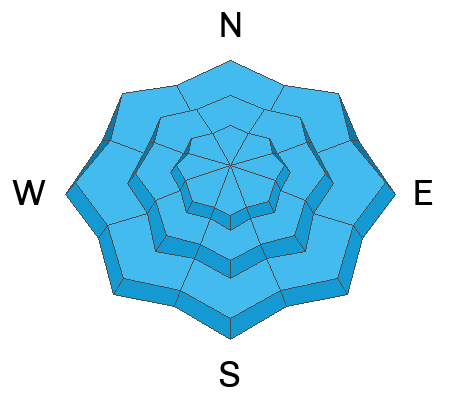Forecast for the Ogden Area Mountains

Issued by Trent Meisenheimer on
Sunday morning, January 7, 2024
Sunday morning, January 7, 2024
Update: 9:32 AM: The avalanche danger is HIGH across the upper elevation northerly facing terrain. There is also a CONSIDERABLE danger on low to mid-elevation slopes facing west to north and east. On these aspects and elevations, you'll want to avoid slopes where the wind has drifted the snow, forming either hard or soft slabs over our very weak and faceted snow. Avalanches can easily break 1-2 feet deep and over 100 feet wide.
Traveling in avalanche terrain is NOT recommended. Dangerous avalanche conditions exist. Careful snowpack evaluation, cautious route-finding, and conservative decision-making will be essential today. Natural avalanches are possible; human avalanches are likely.

Low
Moderate
Considerable
High
Extreme
Learn how to read the forecast here







